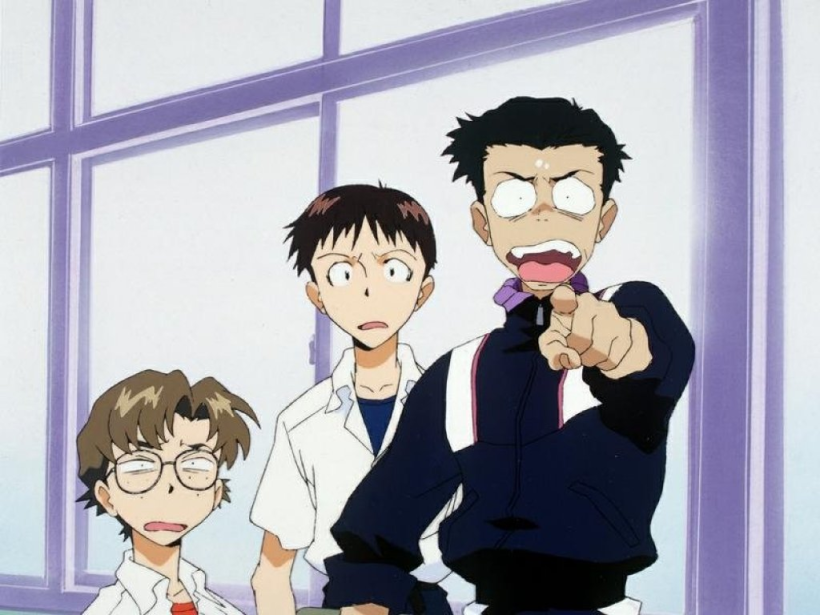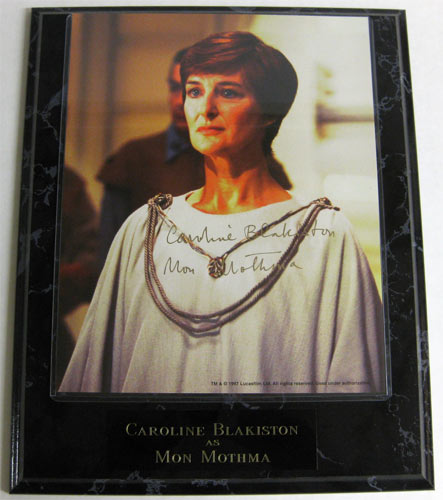Everyone who couldn’t afford the VHS tapes or DVDs eventually got the chance to watch NGE on Adult Swim, where it was presented in a more or less unedited format, and now a days, it is available to anyone with an internet connection and Google. But back in the late 90’s, anime was much harder to come by. You could put your trust in a fan subber, you could shell out the cash to ADV at your local movie store, or you could wait until it was on TV.
We’ve spoken before about the prequel to Evangelion, and it’s entertaining but ultimately unnecessary addition to the enjoyment of NGE as a whole, but now let’s take a look at a road not taken: the Americanized, kid friendly dub of Neon Genesis Evangelion.
This particular unfired bullet was optioned but ultimately not picked up for broadcast by ABC Family Worldwide (later 4Kids Entertainment, after the a complicated situation involving purchases of Fox Kids by both Saban and Disney that we simply don’t have the space to go into here). The basic gist is that Pat Robertson’s International Family Entertainment had bought the license to the “Christian Anime” Neon Genesis Evangelion, sight unseen, in 1995, after Robertson had heard the title as “Genesis Evange-Lion”, as well as a few of the Cross oriented attacks of Sachiel in the first episode, and assuming that it was basically a Christian Voltron.
It wasn’t.
The license sat gathering dust until the purchase, when some brilliant but anonymous staffer realized what was included in the purchase, and brought it to the attention of animation head Arlo Tedeschi, who pounced on the idea of having a giant robot show in the vein of Robotech, and being unafraid to alter the program and incorporate other shows to fit the length, just as Carl Macek had done with Super Dimension Fortress Macross, Super Dimension Calvary Southern Cross, and Genesis Climber Mospeada. Unfortunately, when Tedeschi viewed the “pig in a poke” that he had, he realized that it would be difficult to merge the unique “horror mecha” style of Evangelion with any other series he could get his hands on cheaply (other than Nadia of the Blue Water), so he opted to reuse, edit, and otherwise transform the program to fit the bill.
While never actually produced, the in-house documents and the episode notes I was able to scrounge from the dumpster before shredding provide a fascinating insight into the creation process, the very mercenary attitudes towards character creation, and the ways in which editing existing footage can turn a deeply personal and psychological program into an action comedy. Reaching out to Hideaki Anno for comment on the documents, he replied almost too quickly, saying “Terrible idea, but we needed the money. A dog would never work. It has to be a penguin.”
Characters:
Shawn Benji Isaacs: a brash and hot headed young pilot, our hero is trying his hardest to impress his father, Gary, who was quite the mecha pilot in his own day. Drop all the depressing stuff about hospitals and staring at ceilings, because kids don’t want to watch that. Add in exciting rock music whenever he has his headphones in. A bit of retouching to make him smile more and add in more grunting expressions like he’s really fired up should be possible. We can reuse the interiors of the Unit 01 fight against the toilet paper monster (which should be a bit hit with the kids), because he really gets hot and passionate during that fight.
Ray Anderson: we want a second male lead, so I propose using footage of Toji in his suit from the “Jet Alone” episodes to serve as secondary pilot for unit 00. This will allow an easy rivalry between him and Shawn Benji, with a lot of playful school ground fights, but an overall impression that they are friends despite it all.
Anna Langley: other than dropping all the references to her being German, she should translate over without any difficulty. The angry girl who is maybe in love with the protagonist while he wants nothing to do with her is a stock character everyone will recognize.
Rachel Anderson: as a solution to the Rei Ayanami problem, we turn Rei into the sister that Toji is always talking about. This explains why she is often injured: it’s from the Angel attacks, and hence Ray is angry at the Angels and wants to destroy them completely.
Kevin Allen: a young camera obsessed fellow who is always following around Ray and Shawn Benji, he is the source of much of the footage of the battles that end up on the local news.
Michelle Kennedy: the hip and cute homeroom teacher of our cast, she drives a fast car, is addicted to a special brand of cola (can’t show drinking on a kids show after all), and is responsible for leading the missions that our heroes undertake.
Gary Isaacs: a seemingly cold and distant man who watches from afar, he regularly leaves his son tape recorded messages about how proud he is to have him as a son, and how good a job he’s doing as a pilot, because he has trouble speaking to him directly due to an unresolved trauma in his past.
Most of the other characters simply received name changes (Rita for Ritsuko, though editing out her smoking was going to prove expensive) or were dropped entirely (Lorenz and the Seele Pillars).
Sample Plots:
Episode One: Attack the Angel Beast! A mash up of the first two NGE episodes, focusing more on the action sequences and dropping any of the hospital related scenes entirely, Benji is picked up from the train station and rushed to his robot, where he immediately gets in and helps the American Army battle the first Dark Angel. Edit out the crosses.
Episode Two: Dark Angel Attack! A mash up of episodes three and four. Benji and Kevin go camping, and talk about how different life was before they had to deal with the Dark Angels. Benji makes a vow to destroy all of them and make his father proud. Kevin wishes that he could be a cool pilot like Benji. The second Dark Angel attacks, and Benji brings both Kevin and Ray along with him as co-pilots, Ray because Benji could use the help, and Kevin so he can live out his dream of being a pilot.
Episode Three: Battle on the Boats! Mostly footage from episode eight. We finally get to meet Benji’s older brother, Ryan (a very cool spy who Anna has a crush on), and Anna, as the US Navy is attacked by the sea dwelling Dark Angel and they battle it back. Add in some dialogue about how we should stop hunting whales and dolphins and this one is in the can.
Episode Four: Volcano! Mostly unchanged episode ten, but edit out the swimsuit scene.
Episode Five: Dance for Victory! Mostly unchanged episode nine, editing out the original bombing of the angel, and adding in more American music for the longer dance sequences to make up for time. Add in a sub plot about how Anna has loved to dance since she was a kid, while Benji has always thought it was stupid. He learns to get over it and discovers that even things he didn’t like at first can be fun.
Episode Six: We’ve Got the Power! Edited version of episode eleven. Altered so that the power outage is directly the fault of the Angel, and there’s an explanation of how electricity works to satisfy some of the educational aspects that we’re supposed to have.
Episodes Seven and Eight: The Undersea Base! Using edited footage from Nadia episodes five, six, and seven, we follow Benji’s younger sister, Nadine, and her friend John as they investigate the origin of the Dark Angels, which all seem to be coming from the ocean. Reveal that the evil Gargoyle has been in charge of the Angels, and sending them forth to attack the city, because he believes that by covering the planet with water, he can stop the destruction of the world’s ecosystem. Nadine is kidnapped.
Episode Nine: The Robot Monster! Edited version of episode seven. Edit together a longer combat sequence, with both Ray and Benji fighting the Jet Alone robot.
Unfortunately, Tedeschi’s notes stop there, and we can only speculate on where he intended the plot to go based on other scribbling in the margins of the typewritten document:
–Benji and Anna love sub plot?
–What to do with Gargoyle at the ending?
–Why does Nadine have a tan and Benji doesn’t?
–Ending of series + last episodes unusable. More Nadia?
–No ONE DIES
–Needs mascot character for stuffed toys — penguin too weird, maybe a dog?
–Have the robots combine into a bigger robot?
–Emphasize that the Angels are just robots and no one gets hurt, except for Ray’s sister’s broken arm. The Casualties of War.
–Work Rita in more? She used to work for Nemo?
–Gary has to be a hero, not the villain — no evil dads on TV
–Gargoyle is Gary’s Dad?








